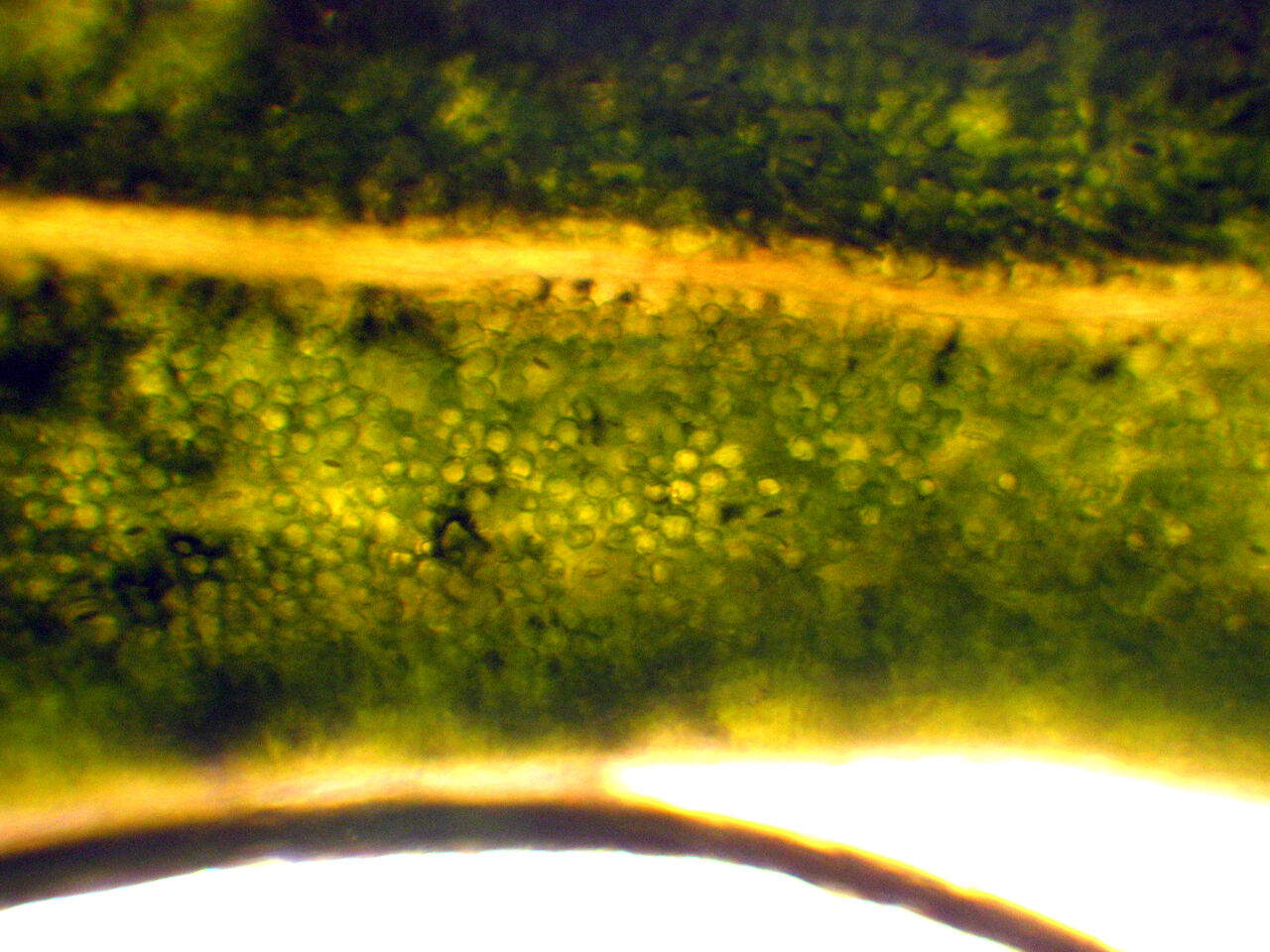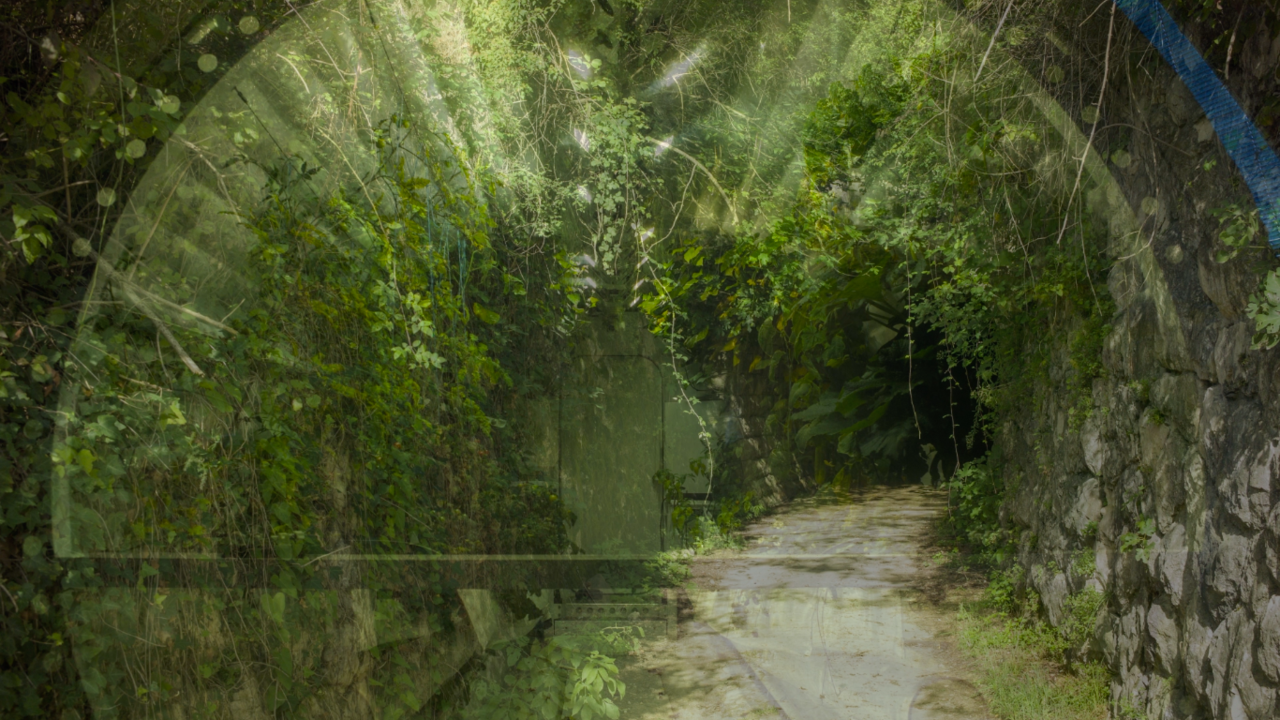Terrafictions
On Engaging with a World in which all is Animate; responding to climate change, mass extinction, speciation, and migration, assuming that the entire material bestiary has some form of sentience; living on (or leaving?) a planet where geological time, microbial contamination, life, and death coexist within and alongside deserts, forests, islands, and swamps.
Abridged from the lecture-performance Terrafictions first performed at Coded Matter(s) 15: Terra Fiction in Amsterdam, September 2018.

Earth-bound
How do we begin to realign our cultural imaginaries with the complex ecologies we live in?
What if we broaden the spectrum of biological and geological metaphors we use for human behaviour? Aggression, for example, is often justified by our origins as primates. Supremacy and selfishness by the survival of the fittest. Hierarchies because we share a common ancestor with lobsters. If these are seen as appropriate metaphors, what are some inappropriate ones? Metaphors and stories that spark a wider range of imaginaries.
For example, we also share common ancestors with cephalopods, fungi, and microorganisms. We could broaden gender discussions with the 36,000 sexes of fungi, Francesca Gavin. The Artists Building a Future out of Mushrooms. or hermaphroditic snails, or fish that can change sex. We could develop nonverbal communication inspired by octopuses, who can change the colour, shape, and texture of their skin. Their distributed nervous system could become a metaphor for the human exo-nervous system, as it extends through networks of connected devices.
For resilience and antifragility in hostile environments, think of the Endoliths — organisms that can live inside rocks, crevices of animal shells, or the pores between grains of minerals, filling ever more extreme niches. Richard Kerr. Deep Life in the Slow, Slow Lane. They can live many kilometres beneath the Earth’s surface, surviving without water, feeding on iron, sulphur, and other inorganic material. Alongside the superheroes from Wakanda, The Invisibles, or The Anachronauts, could the Deinococcus radiodurans become an archetypal hero of our times? “The world’s toughest bacterium”: Sarah E. DeWeerdt. The World’s Toughest Bacterium Deinococcus radiodurans may be a tool for cleaning up toxic waste and more. able to survive radiation, cold, dehydration, vacuum, and acid. Imagine our bodies with such bacteria living on our skin.
What we consider our “selves” are already shared spaces, colonised by symbiotic bacteria. Our bodies survive on mutualism. Approximately 2% of the human body consists of microorganisms. By weight, this is equivalent to the brain. We contain roughly the same amount of microbes as non-microbial cells. With the revised estimates for the number of human (3.0∙1013) and bacterial cells (3.8∙1013) in the body, we can give an updated estimate of B/H = 1.3 (with an uncertainty of 25% and a variation of 53%) This B/H value of about 1:1 (with the associated uncertainty range) should replace the 10:1 or 100:1 values that are stated in the literature until more accurate measurements become available. Revised Estimates for the Number of Human and Bacteria Cells in the Body. Our life depends on interspecies cooperation, and yet we usually fail to engage with our symbionts as collaborators. What if irritable bowel syndrome (IBS) was treated as an unfortunate miscommunication between the nervous system and gut flora? Food becomes a communicative medium, modulated by embodied mindstates. Each meal a story to tell, with stress and fermentable sugars as its main protagonists.
There are beings that thrive in our bodies, while others thrive in our wake, in exclusion zones like Chernobyl or abandoned mines. There are now sparrows in the old mining towns of Broken Hill and Mount Isa that have evolved to avoid lead poisoning. There are plastic-eating bacteria and extremophiles living on industrial waste. Evolution responds to a changing environment, accelerating in step with anthropogenic change.
The flip side of mass extinction is the stories of contemporary speciation. New lineages, new hybrids, new species, and migrants better adapted to changing conditions on Earth. It’s humbling and perhaps heartwarming to realise that whatever happens to humankind, life on Earth will continue, in yet unknown, unknowable forms. At the same time, it is eviscerating to contemplate the possibility of human extinction. It’s hard to comprehend the loss of a single life, let alone the loss of an entire species; the loss of everyone and everything you have ever known.
All macroscopic matter copes with some form of erosion, senescence, or entropy. Mortal coils inevitably unwinding, over days, decades, millennia or aeons. Perhaps we’ll become extinct, perhaps we’ll continue our process of speciation. Or perhaps we’ll thrive in technologically sustained human refugia. In secluded monastic habitats and libraries of human life on Earth. Places where the biomass of terrafiction accumulates, growing as its spills over into books and libraries and literatures, gradually becoming an ambient literacy of human coexistence with the planet.

Terraforming
Yet, how to resist the impulse to leave it all behind and start again, somewhere else in the universe? To leave the planetary cradle, to explore, to renew, to terraform.
We don’t need to leave Earth to see the effects of human terraforming. Think of the Dutch polders. Or Singapore. Or Stalin’s Great Plan for the Transformation of Nature. Every road and dyke, every chocolate factory, every farm and piece of recycled aluminium. To get a sense of how much humans have shaped the Earth, the mass of the human technosphere is an order of magnitude larger than the mass of all plant life. The infrastructure that supports our contemporary lifestyles and the waste it produces is estimated at about 30 trillion tons of carbon, or 30,000 gigatonnes. In contrast, plants make up the largest percentage of Earth’s biomass, estimated at about 450 gigatonnes of carbon. For further comparison, the biomass of all living humans make up a mere 0.6 gigatonnes of carbon, roughly equivalent to about 6 million whales.
Terraformation. Shaping earth, or the making of soil. Terraforming as composting and gardening rather than planet-wide engineering. In this sense humans have been terraforming Earth for millennia. Making the planet more hospitable to humankind, making soil to grow food. Terra preta in the Amazon Basin, for example, a fertile anthropogenic soil, is made over centuries by composting charcoal, bone, and manure. The rice terraces of Bali are kept productive by generations of priests and farmers, who encode their irrigation plans in calendars of ceremonial observances. A convoluted enfolding of culture and nature.
Terraforming. Making places habitable by humans. It’s a process of cultivating somewhere to live. A shelter to keep the monsters at bay, to keep us safe in hostile environments. In improbable places on Earth and beyond. Terraformers are homemakers, the housewives of the stars.

Beyond Earth
Before terraforming other planets, humans have to be able to leave Earth. How will we leave our ancestral home? Like rebellious teenagers, curious explorers, or frightened refugees? How we leave matters as much as where we go. Why we travel to the stars matters. Our intentions, attitudes, and habits matter. These are the seeds of the human diaspora.
Think of the deep scars that Earth-bound colonisation has left. If humans are capable of such inhumane treatment of humans, what will happen as we spread through the solar system? As we encounter beings that we can barely comprehend as alive…
Why wouldn’t cosmonaut training include a crash-course in post-human animism and panpsychism? Wouldn’t the new space travellers need to meditate on the nature of “the void” to make it across the darkness between stars? Alongside technological and scientific skills, the pioneers could be drilled in mythic cultural imaginaries, ethically convoluted games, psychological endurance, and a wide spectrum of speculative literature.
There are many stories from many cultures about making other places habitable. They all point to different approaches to being human on and beyond Earth. They tell us about the speciation of humankind, shaped by their new environments. Desert cultures on Mars. Atmospheric cultures on Venus. Living with our ancestors among the stars. Civilisations as stars.
While humans might set out to terraform other planets, we will inevitably be shaped by them in return.
Greetings fellow earthlings, and welcome
❧